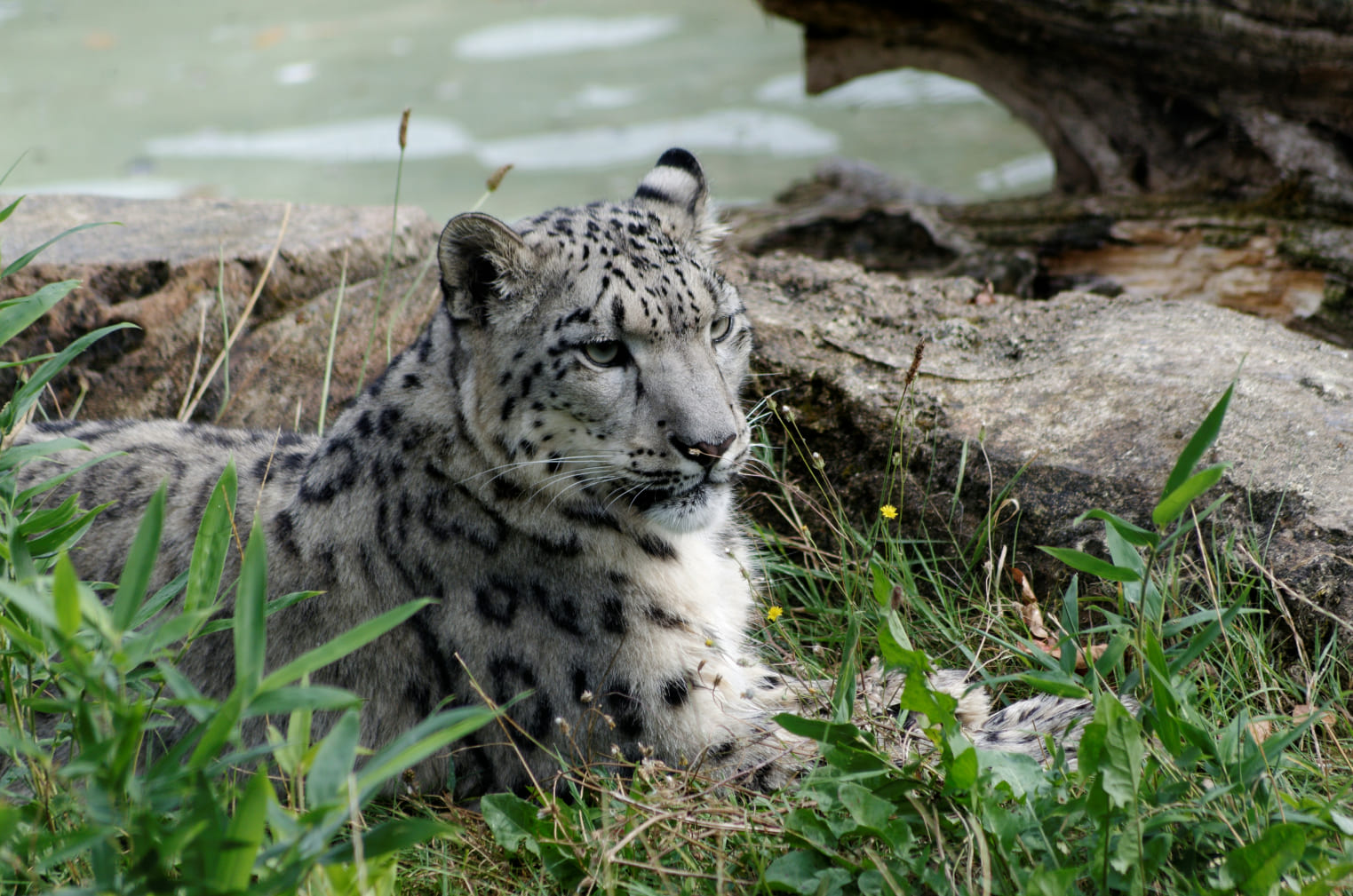Freshwater Wonders

Snow Leopard (Panthera uncia): A Ghost of the Mountains Near Freshwater Streams
The snow leopard, often called the “ghost of the mountains,” is a solitary and elusive predator that roams the high-altitude regions of Central and South Asia. While snow leopards are more commonly associated with rugged peaks and rocky terrains, freshwater streams and glacial rivers play an essential role in their ecosystem. These water sources not only provide hydration for the snow leopard but also sustain a wide variety of prey species, such as Himalayan blue sheep (bharal) and ibex, which frequent these areas to graze.
The snow leopard's thick fur and wide, furry paws allow it to traverse icy terrains with ease. During the warmer months, melting snow from glaciers forms streams and rivers, creating lush meadows where herbivores gather. This seasonal congregation provides the snow leopard with hunting opportunities. However, climate change poses a dual threat: rising temperatures are causing glacial retreat, reducing freshwater availability, and altering the distribution of prey species. Protecting these apex predators is not just about saving an iconic species—it is also crucial for maintaining the balance of mountain ecosystems that depend on freshwater resources.
